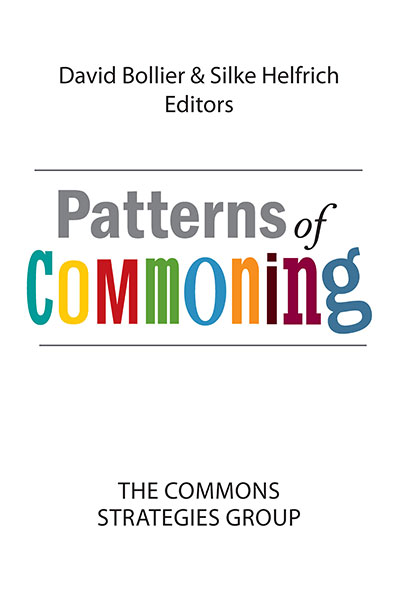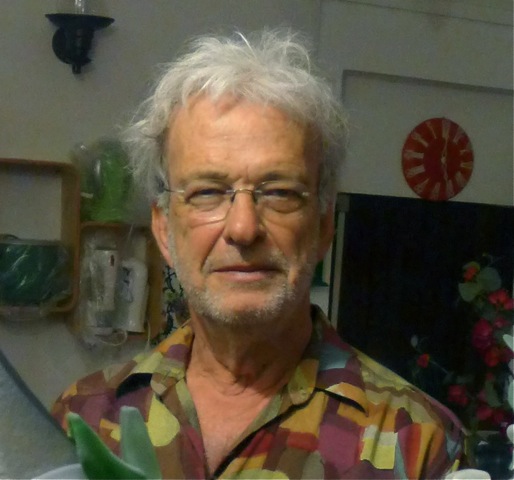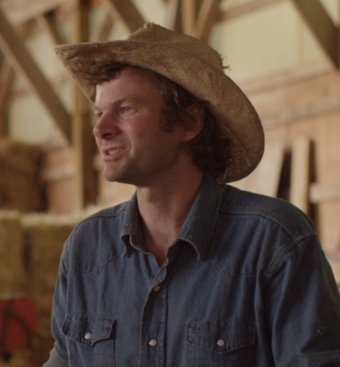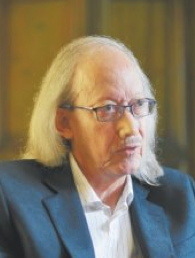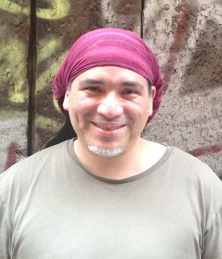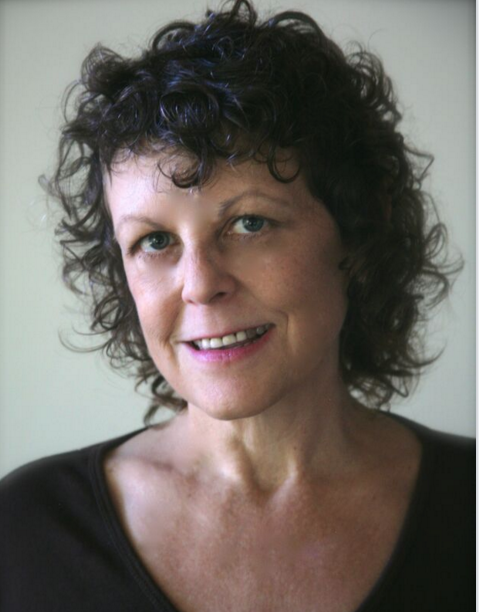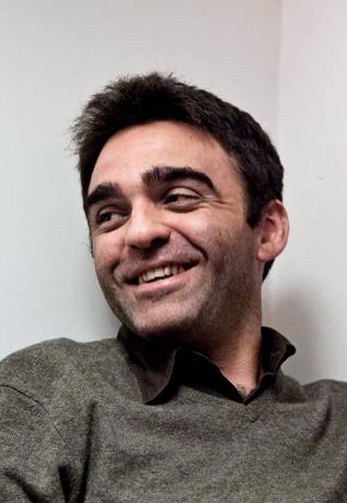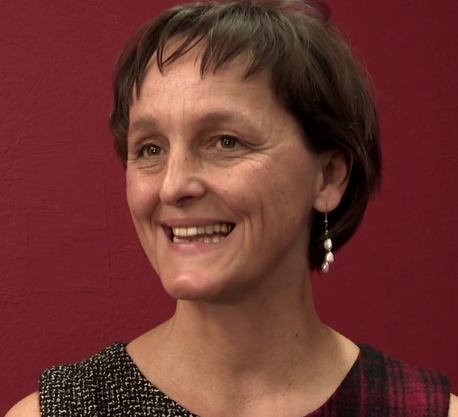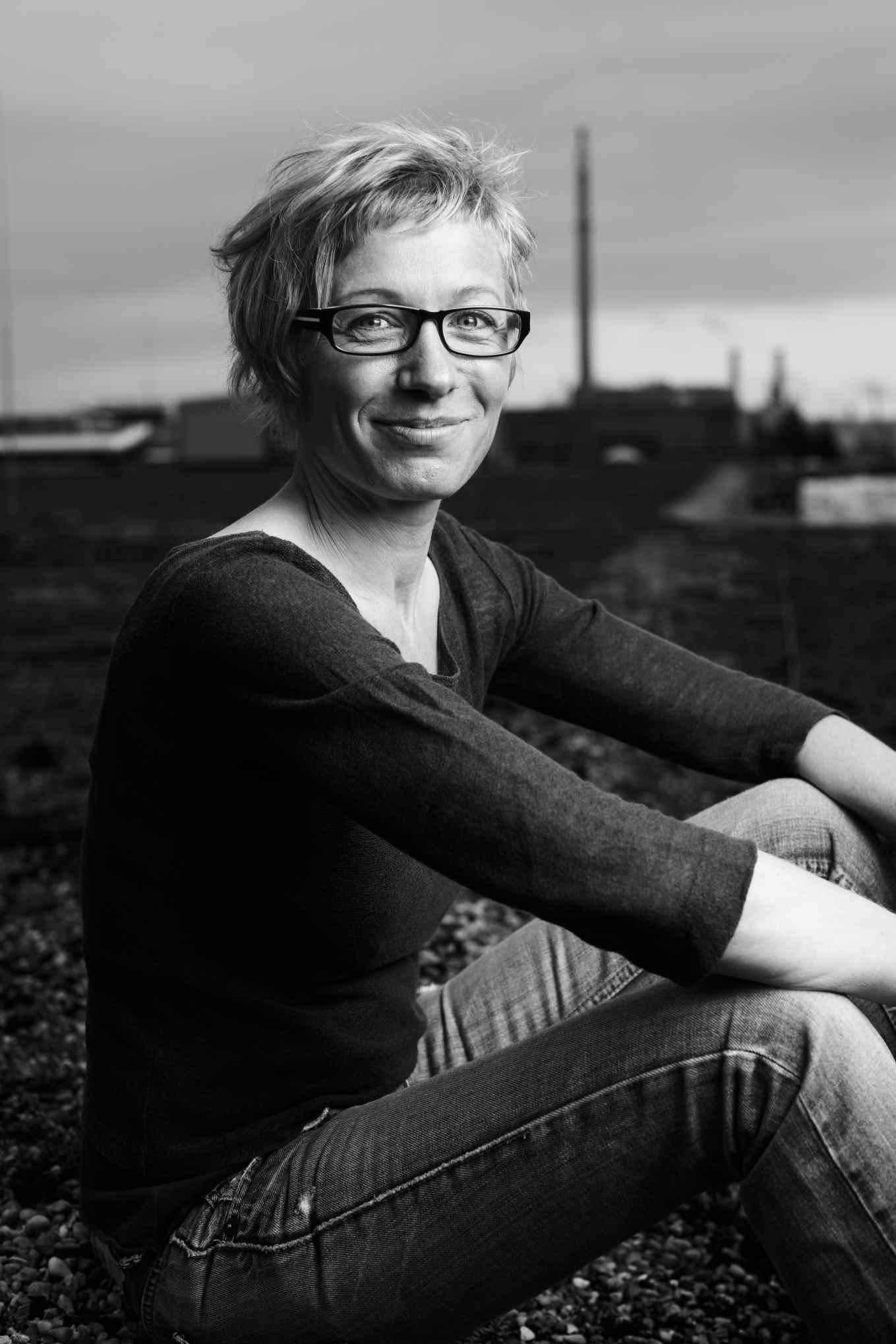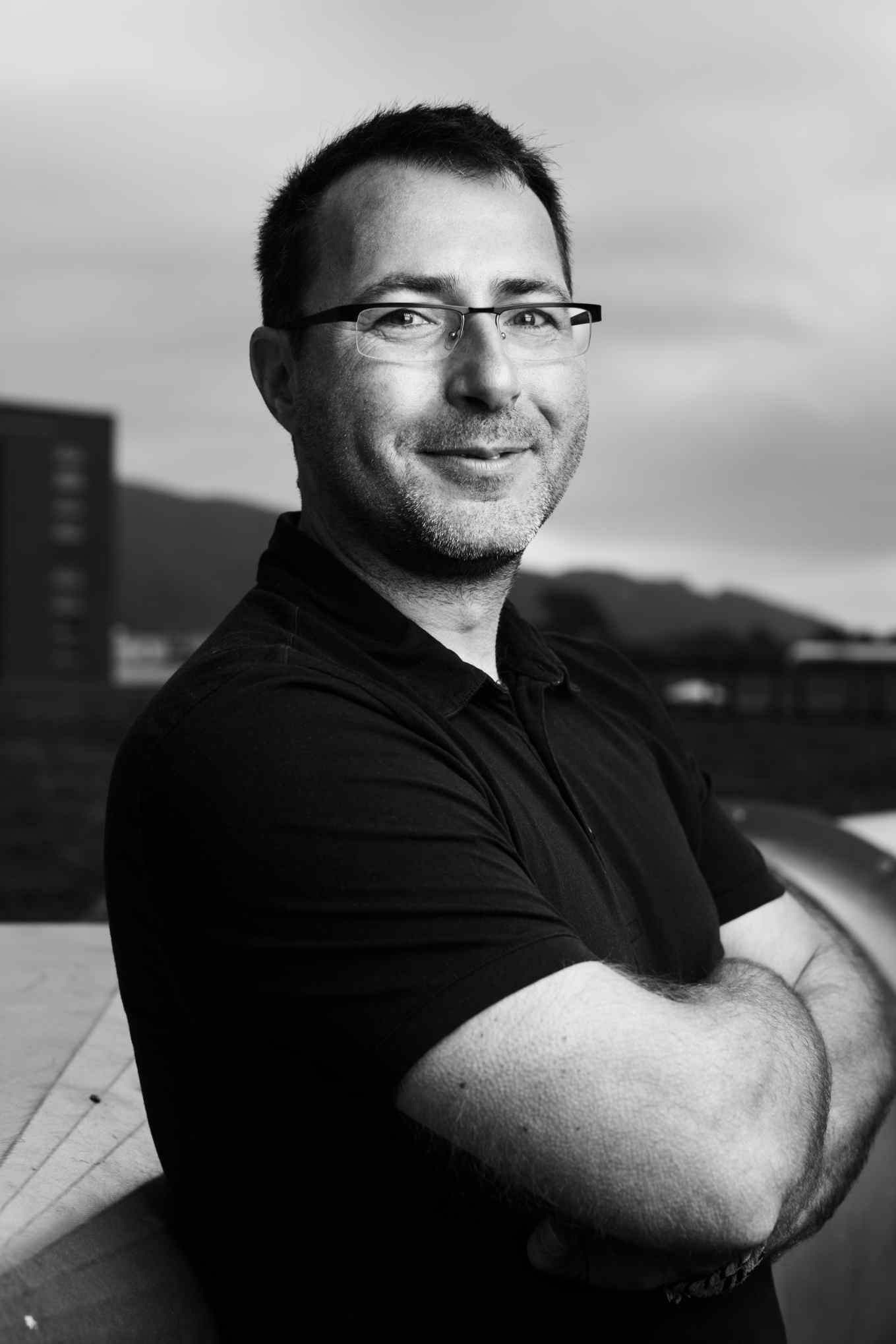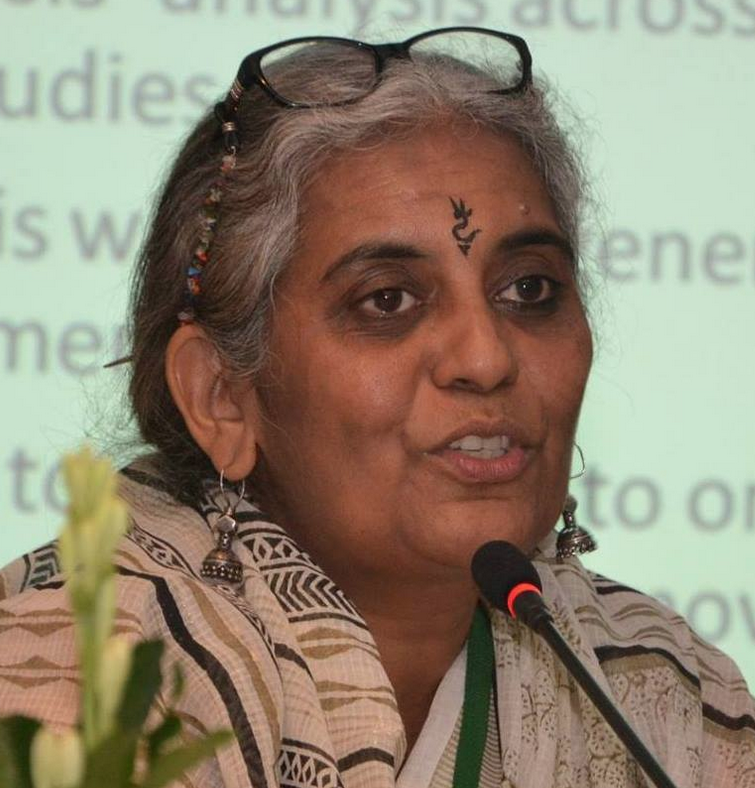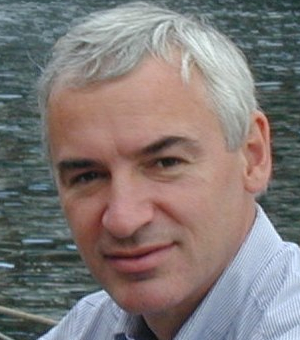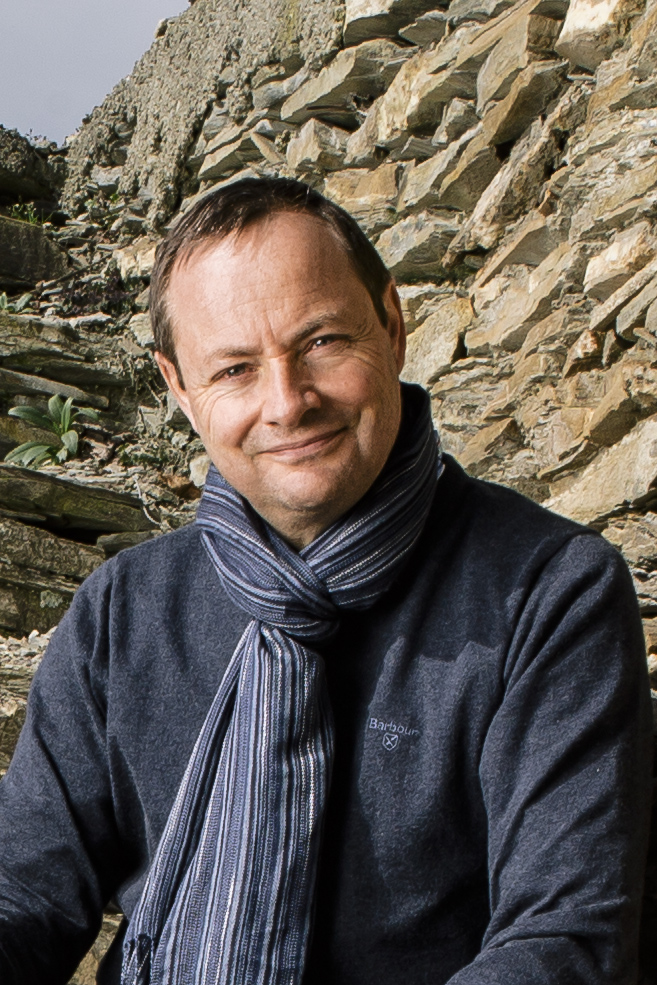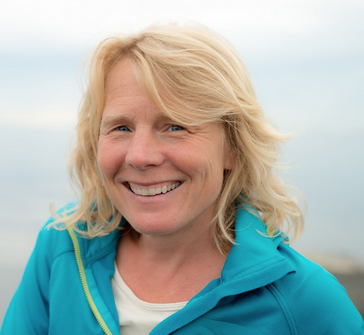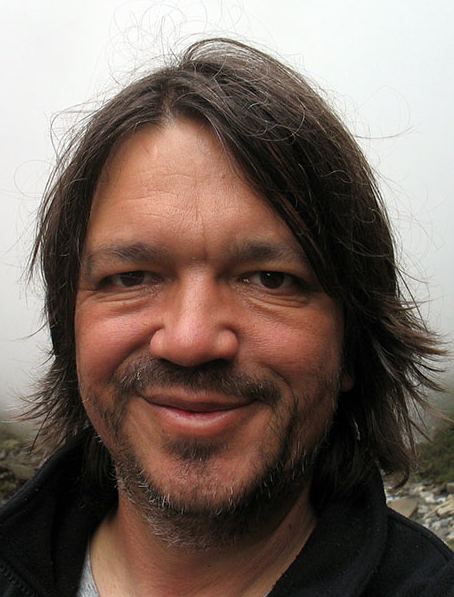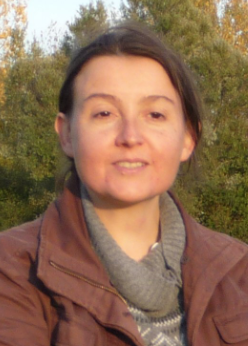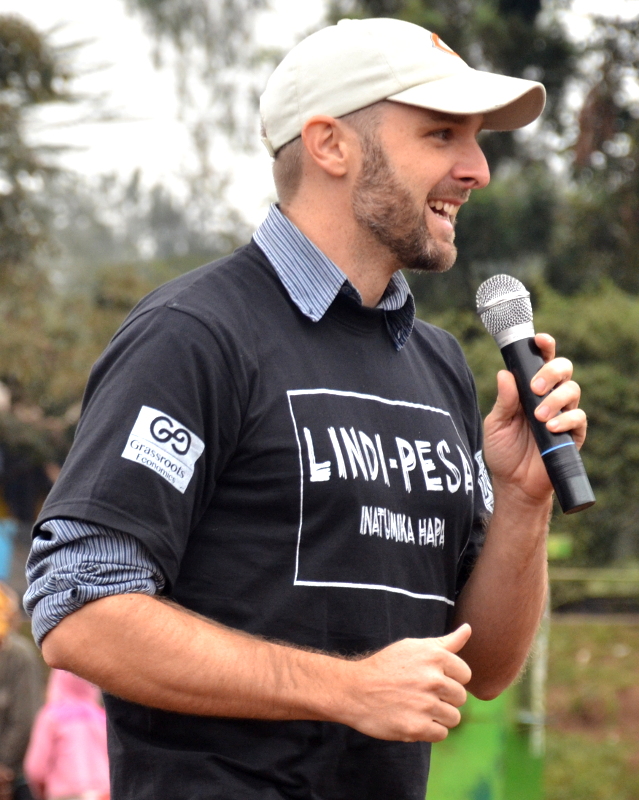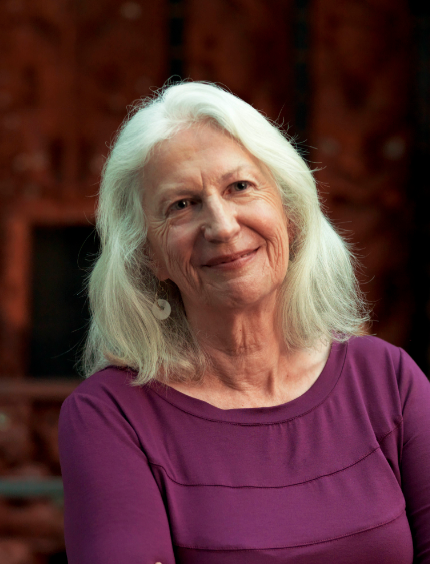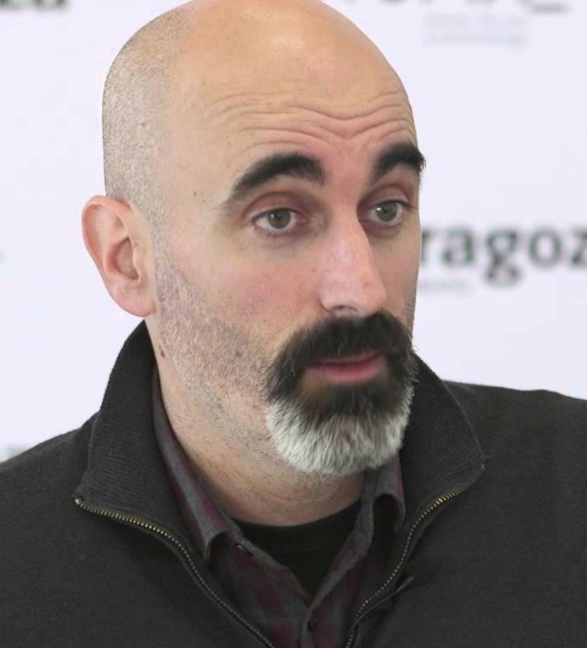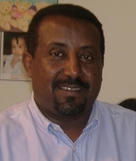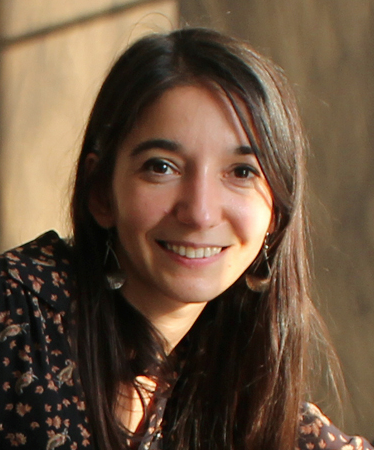Alain Ambrosi (Canada) is a designer and producer of intercultural projects, independent researcher, author, videographer and producer of the Remix The Commons Project.
Patterns of
COMMONING
The System of Rice Intensification and Its International Community of Practice
By Erika Styger
When the rainy season came early to the highlands of Madagascar in 1983, the rice seedlings in the nursery were still too young for transplanting, and French Jesuit priest Henri de Laulanié had to make a decision: either to wait another two to four weeks to transplant (which would obviously result in a lower yield due to delayed planting) or to go ahead and transplant the seedlings as they were. He decided to transplant the tiny fifteen-day-old seedlings – a practice then unheard of. The yield from this plot outperformed, by far, all others in the area. Surprised by the results, Father de Laulanié and the young farmers he worked with were inspired to continue experimenting based on additional field observations.
Over the next five years, farmers tested transplanting seedlings at twelve, ten, nine and eight days. They also planted only one seedling per hill; increased the spacing between hills; and even allowed soils to dry intermittently. This differed greatly from the conventional practice of planting thirty- to sixty-day-old seedlings at three to six seedlings per hill with close spacing, and with continuous flooding of soil throughout the season.
Results were encouraging. The plants became obviously healthier and stronger. The number of tillers per plant increased from 20 – 25 to 60 – 80, and yields increased proportionally. Yields increased from 1 metric ton per hectare (t/ha) to 2 – 5 t/ha, with a few plots reaching as much as 6 – 7 t/ha. Although results were consistent, Laulanié writes that by 1988 neither agricultural research institutes nor government extension services took the results seriously and were not even curious enough to visit the fields.
This did not stop the farmers from continuing to experiment with the new cultivation practices that they called the System for Rice Intensification, or SRI. In 1990, Laulanié and several of his close Malagasy friends established a local nongovernmental organization, Association Tefy Saina, to promote SRI and rural development in Madagascar.1
In 1994, the Cornell International Institute for Food, Agriculture and Development (CIIFAD), based at Cornell University in New York, began working on agricultural improvement in the peripheral rainforest zone around Madagascar’s Ranomafana National Park. Introduced to SRI by Tefy Saina and surprised by the reported results, the Cornell team undertook its own tests. After obtaining consistently high yields for three years, they started to share the knowledge about this new methodology with rice researchers outside Madagascar.
Over the next twelve years, from 1998 to 2010, a small team at Cornell University shared information on SRI with newcomers and collected accounts of field experiences and reports from people testing SRI in their own countries. Knowledge was openly shared through lectures, seminars, personal visits, chance encounters while traveling, emails, publications and the small website that was set up at Cornell to collect and organize the incoming information. This website – sririce.org – has become today the world’s largest repository of information on SRI.
By providing a platform to share new ideas and results from the field, and to respond to questions, the Cornell University team found that an informal working network had developed on an international scale – a novel kind of commons. This was neither planned nor funded, as it had started out as a small unofficial side-project.
Similarly, in each country, unique initiatives and communities of practice developed independently. Thousands of individual farmers, curious about SRI, often in close collaboration with researchers and technical staff, tried SRI for themselves, recognized the benefits and shared information about it within their own networks. Witnessing the advantages, others joined in and developed their own national SRI networks that took steps to further spread and innovate SRI methods. Each network is somewhat unique, and has developed its own organizational structure and way of functioning.2
In time, given the ever-increasing demand for information about SRI, the Cornell team found the means to formally establish the “SRI International Network and Resources Center” (SRI-Rice) in 2010. Its original mission was to make available and advance knowledge about SRI and provide international networking support. But SRI-Rice soon expanded its role to directly consult on project planning, provide technical advice and develop guidelines and materials for training, data monitoring and reporting.
Since 1998, when Cornell started sharing information about SRI, many practitioners and researchers in Asia, Africa and Latin America have evaluated the SRI methodology. These wide-ranging efforts have confirmed that the SRI methodology is applicable under conditions in ecological zones ranging from humid to arid, and from lowlands to uplands. Today, improved crop productivity as a result of applying SRI principles has been confirmed in more than fifty countries.3
What Makes SRI So Different?
We have learned that successful introduction of SRI to a country depends mostly on: 1) leadership: motivated individuals bringing the SRI methodology to farmers and promoting positive results; 2) depth of technical knowledge and adaptation of the practices to a given environment, and 3) available funding, which has been mostly found from local, in-country resources.
There are other reasons for SRI’s surprising success:
The SRI methodology is easy to understand and easy to implement – although practices must be adjusted to local environments. As SRI is a knowledge-based methodology, once farmers become familiar with the SRI principles and most common practices, they can easily test SRI and adapt the system to their own environments. Practices are not prescribed; SRI is not a fixed package, and does not offer a “silver bullet” solution. Nevertheless, as farmers adjust their practices, the challenge becomes to capture what works well and share it with others. For this purpose, SRI-Rice has started to develop a simple and accessible Internet-based “citizen-science” platform where farmers and technicians can directly share their results and ideas with the rest of the world.
The impact is visible and clear. Applying SRI methodology increases yields by 20-50 percent and often more, while using less seed, less water and fewer or no chemical inputs. Farmers gain a direct benefit in only one season, and can do it with their available resources simply by changing their agricultural practices.
SRI’s surprising effectiveness provokes interest. Plants develop faster, are more vigorous and become more productive. Farmers, researchers, technicians are surprised the first time they witness the development of an SRI field! SRI arouses their curiosity and raises new questions about best agricultural practices. Soils, water, plants, soil biota and nutrients can be managed more productively. Farmers do not need to look for new seed varieties, fertilizers and other chemicals to improve productivity. They become motivated to think and experiment beyond previously perceived boundaries.
An example is the “System of Crop Intensification” (SCI), which has evolved when SRI farmers and field technicians adapted the SRI principles to other crops, such as wheat, finger millet, sugarcane, mustard, legumes and vegetables. This has benefited several hundred thousand farmers, especially in India.
SRI is open-source. It does not belong to anyone, but is shared as a commons. Nobody “owns” either SRI theory or practice. This can be unsettling to some, be they researchers or program developers, who like to think in terms of well-defined and predetermined theories and methodologies. At SRI-Rice, we work to make knowledge freely accessible to the public, as it should reach as many smallholder farmers as possible. The drawback is that the value of open-source knowledge is often not appreciated. Because it is freely available, it is sometimes perceived as being without value. However, this open availability has been instrumental to SRI’s success in many of the countries where SRI has been adopted.
SRI has had and still has doubters and skeptics. In the early 2000s, when SRI began to be tested for the first time in various countries, a short-lived but heated debate sprang up. Some rice scientists doubted that such substantial benefits could be obtained by changing agronomic practices alone. Who could believe that this simple methodology synthesized by an unknown Jesuit priest and refined by a global network of ordinary farmers would outperform the recommendations from the global research community?
Although SRI-Rice plays an important role for the SRI community of practice, the impact of its networking and advisory support over the past seventeen years is difficult to quantify. Outputs and outcomes are often indirect and nonlinear. Sometimes efforts show no results, and sometimes support is responsible for the success of a large program. The current estimate is that about ten million farmers benefit from the SRI methodology, although this might be underestimated, as it is difficult to know how the knowledge about SRI has spread.
The international community of practice is growing, but remains informal. Anyone interested in SRI can join the community. There is no membership and no selection criteria, but also no formal support. This has two implications. On the positive side: the community and the network, composed of several hundred genuinely dedicated and self-selected individuals, maintains itself; they remain part of the community even if there is little direct support. The downside is that many of the community members do not know of each other, thus large potentials for collaboration and creating synergies among partners are not tapped.
In response to that, SRI-Rice facilitates the formation of regional networks, so that technical exchange and learning can more easily happen across country borders, often based on similar ecological zones. We were instrumental in developing the “Improving and Scaling up SRI in West Africa” project, funded by the World Bank, where SRI partners from thirteen countries collaborate closely on SRI and where SRI-Rice provides technical support (www.sriwestafrica.org).
Nevertheless, it might be time to think about how to better structure or formalize the international network, creating opportunities for encounters and collaboration while keeping the spirit of the commons at its heart.
The Way Forward
There is a great potential to build on what has already been accomplished. There is a high demand for knowledge from smallholder farmers in Africa, Asia and Latin America, and the international community of practice is available to work with them. More than ever, we know how to best adapt the SRI methodology to various climates and cropping systems. Farmer-driven agricultural innovation, stimulated by the SRI methodology, can become a model to further improve other crops and components of smallholder farming systems.

Erika Styger, PhD (United States), is Director of Programs, SRI-Rice, Cornell University, Ithaca New York (eds8@cornell.edu), which she set up and has headed since 2010. Prior to joining Cornell, Styger worked for more than twenty years on agricultural research and development programs in Africa, including three years introducing and developing use of SRI with farmers in Mali.
- Laulanié, H 1993. Le Système de Riziculture Intensive Malgache. Tropicultura, 11(3):1-19.
- See https://sri.cals.cornell.edu/listservs/index.html for a detailed listing
- https://sri.cals.cornell.edu/countries/index.html
